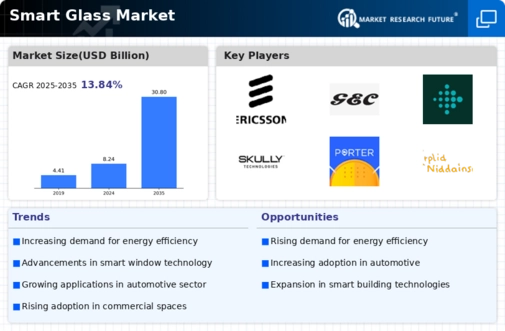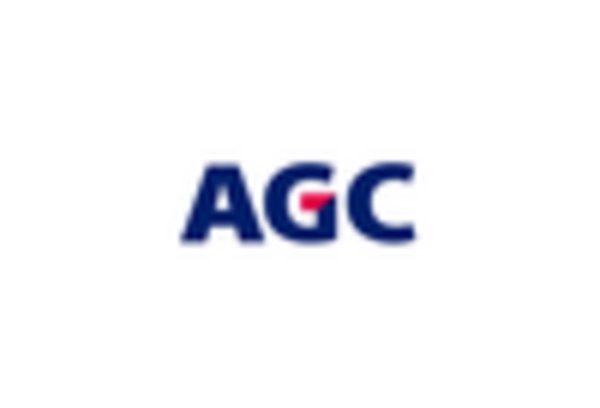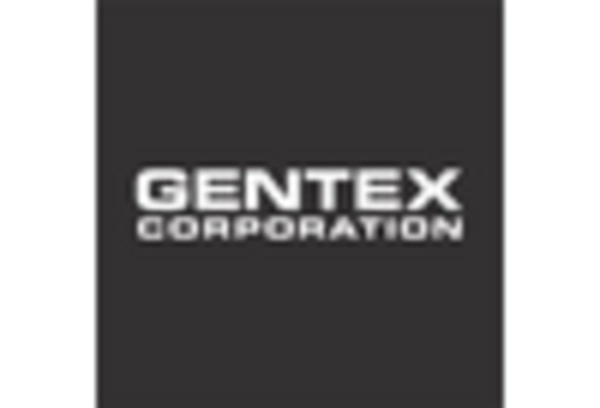Smart Glass Market Summary
As per MRFR analysis, the Smart Glass Market Size was estimated at 8.413 USD Billion in 2024. The Smart Glass industry is projected to grow from 9.577 USD Billion in 2025 to 35.01 USD Billion by 2035, exhibiting a compound annual growth rate (CAGR) of 13.84 during the forecast period 2025 - 2035.
Key Market Trends & Highlights
The Smart Glass Market is poised for substantial growth driven by technological advancements and increasing demand for energy-efficient solutions.
- The Smart Glass Market experiences increased adoption in commercial spaces, particularly in North America, which remains the largest market.
- Technological advancements in electrochromic technology are leading the market, while photochromic technology is emerging as the fastest-growing segment.
- A heightened focus on sustainability and energy efficiency is influencing market dynamics, especially in the architectural and construction sectors.
- Key market drivers include the growing demand for energy-efficient solutions and the increased focus on smart building technologies, particularly in the Asia-Pacific region.
Market Size & Forecast
| 2024 Market Size | 8.413 (USD Billion) |
| 2035 Market Size | 35.01 (USD Billion) |
| CAGR (2025 - 2035) | 13.84% |
Major Players
Saint-Gobain (FR), AGC Inc. (JP), Gentex Corporation (US), View, Inc. (US), Soladigm (US), SageGlass (US), EControl-Glas (DE), Glass Apps (US), Polytron Technologies (US)

















Leave a Comment